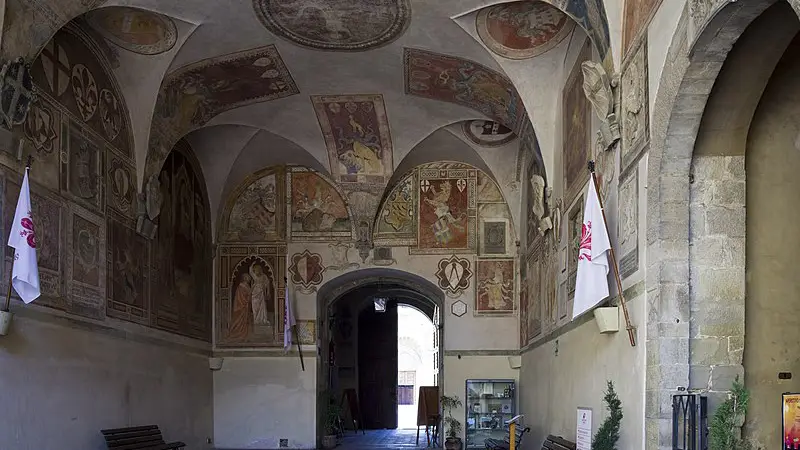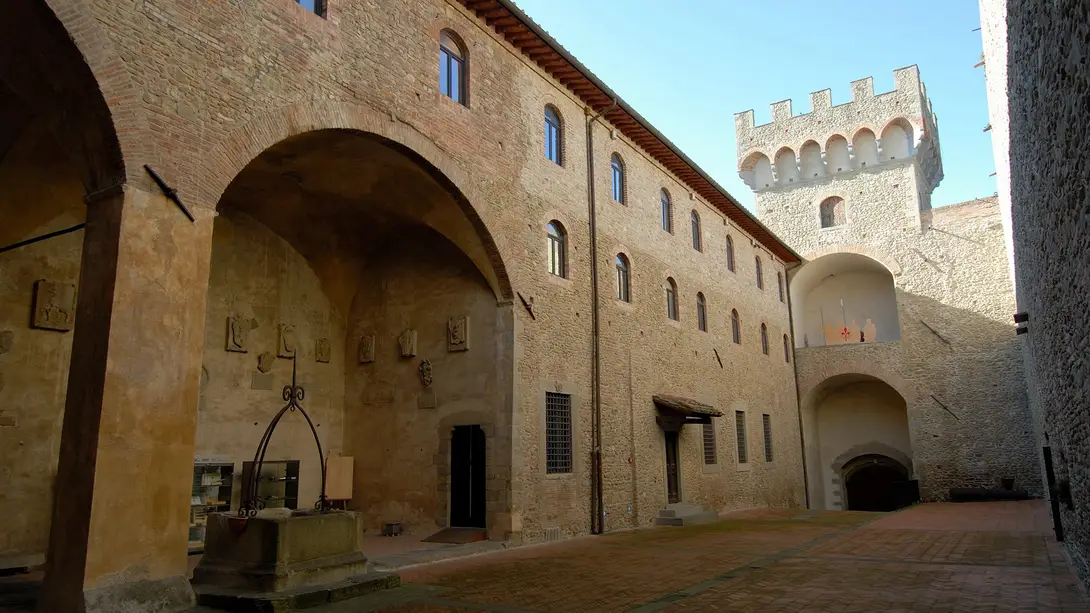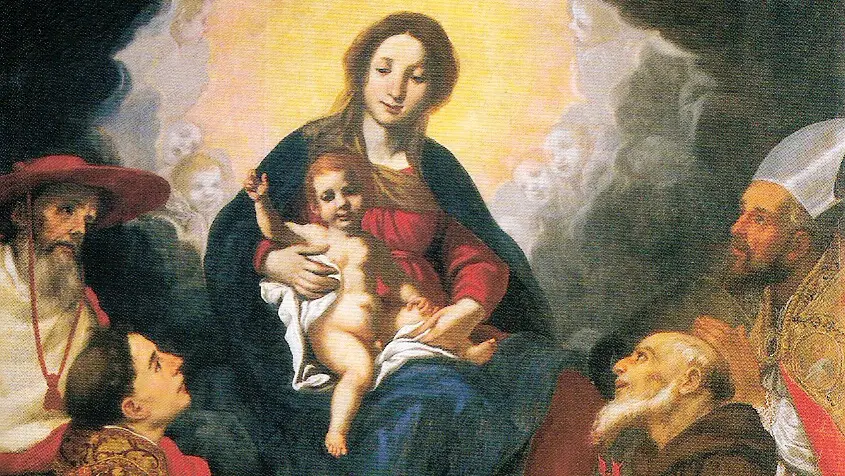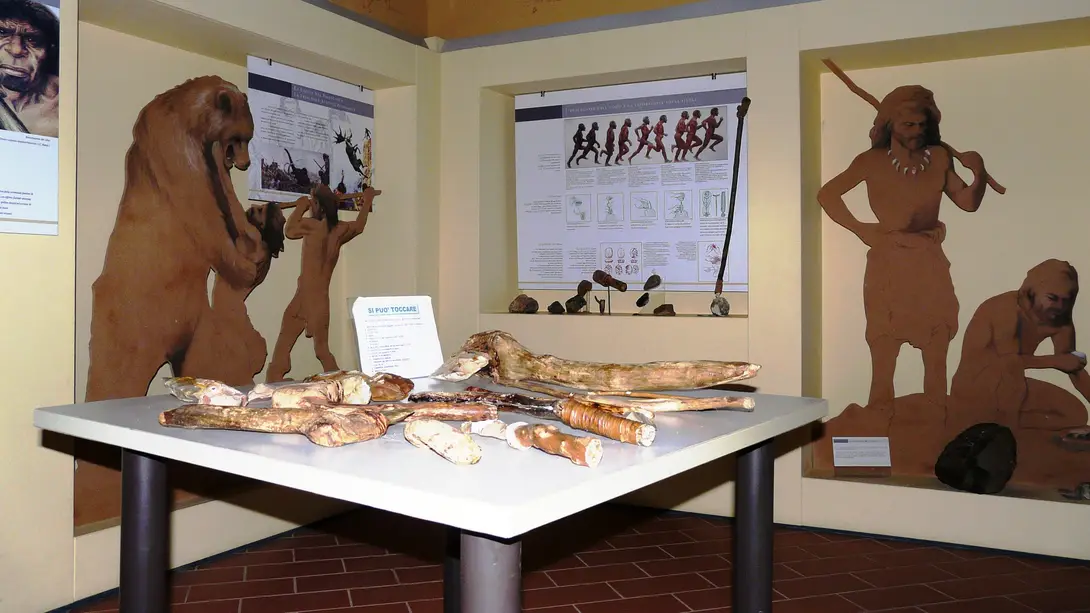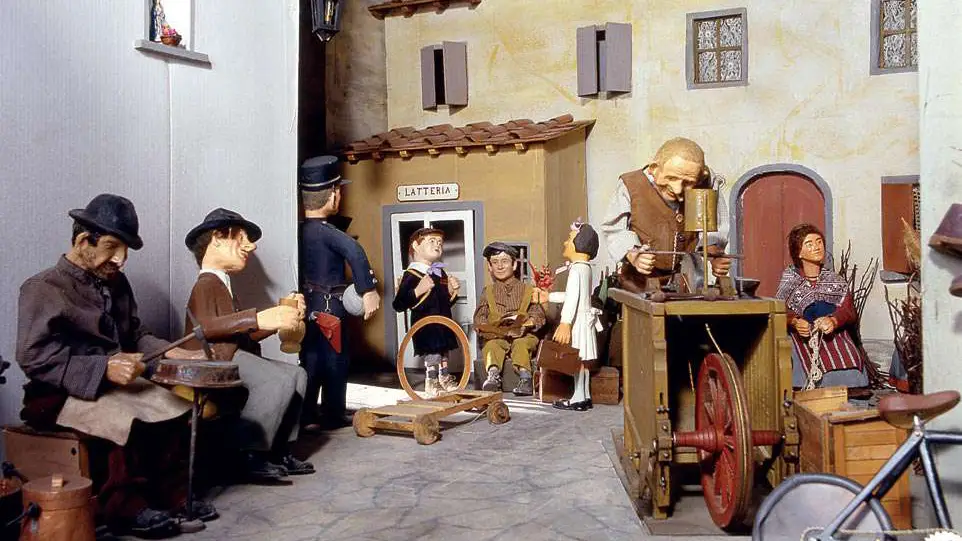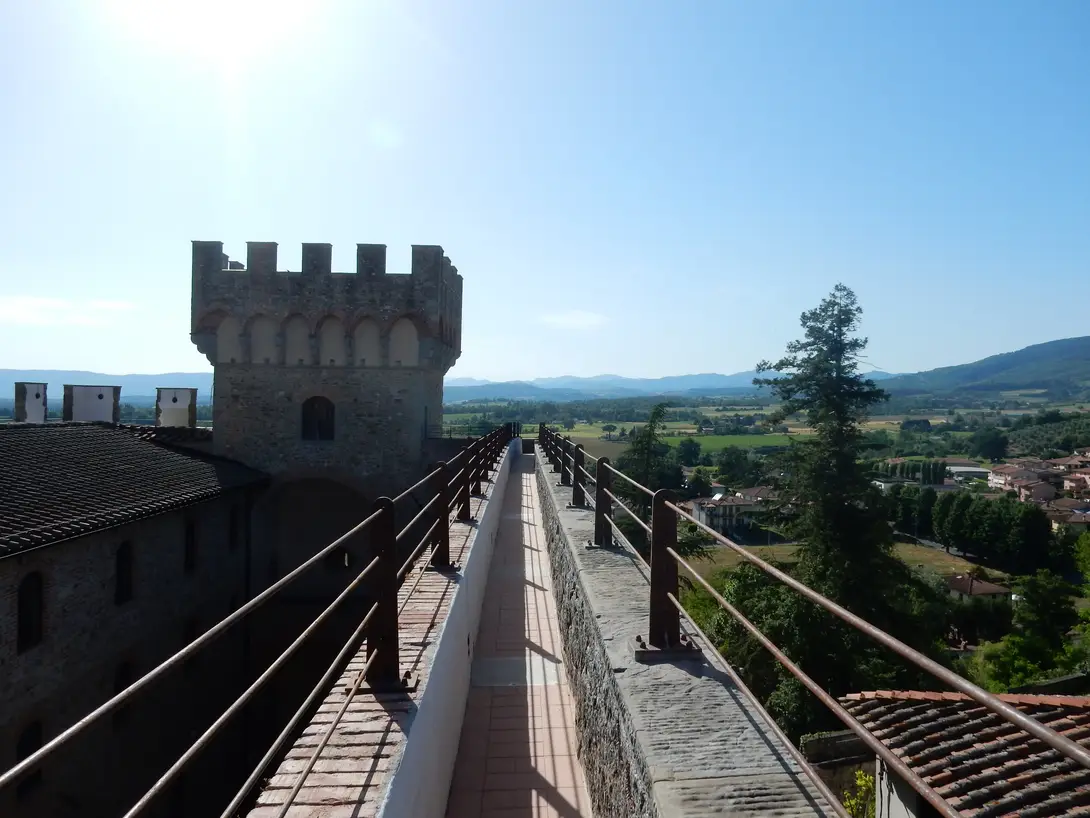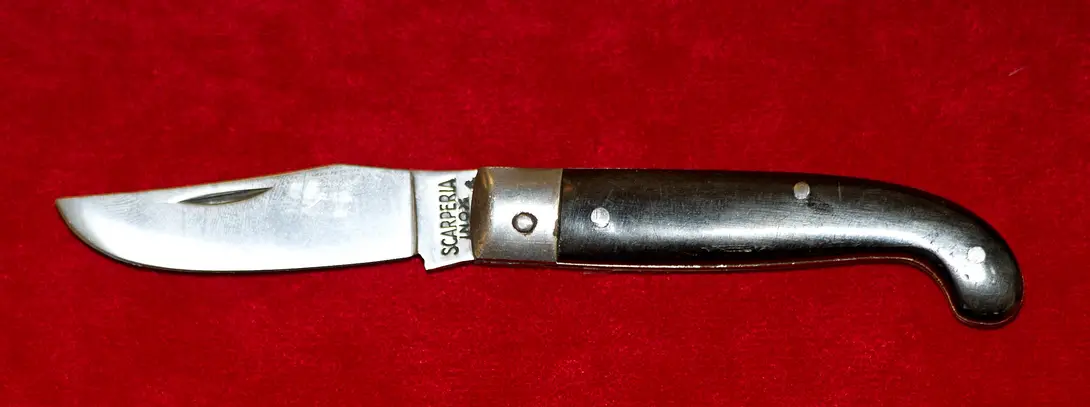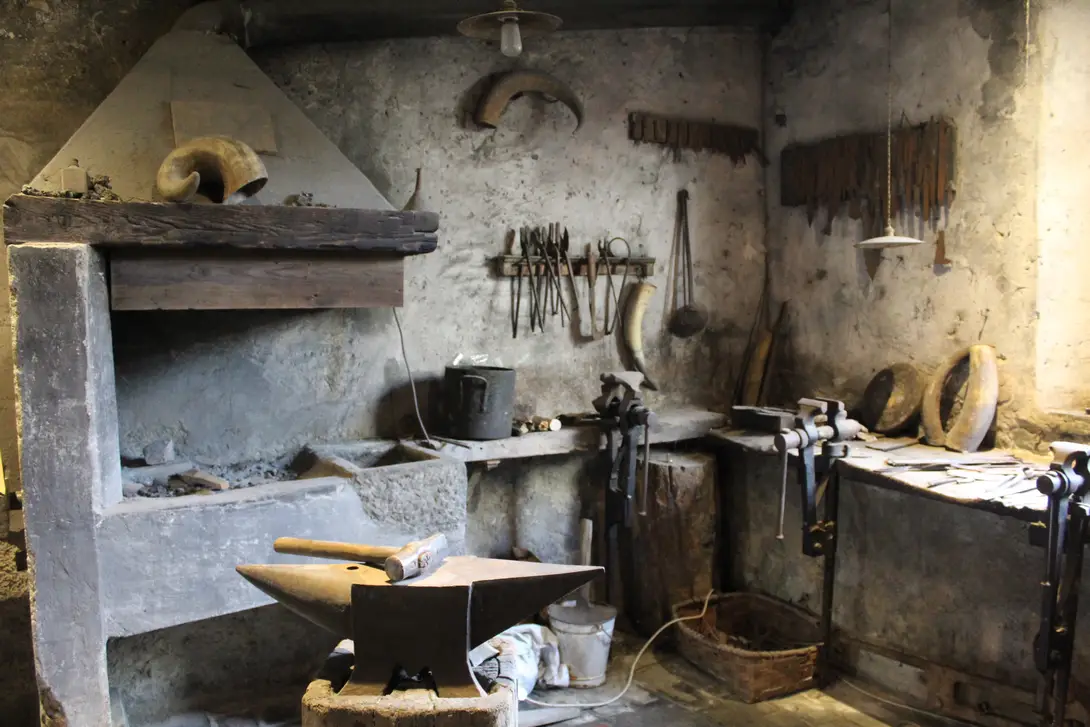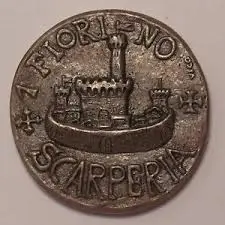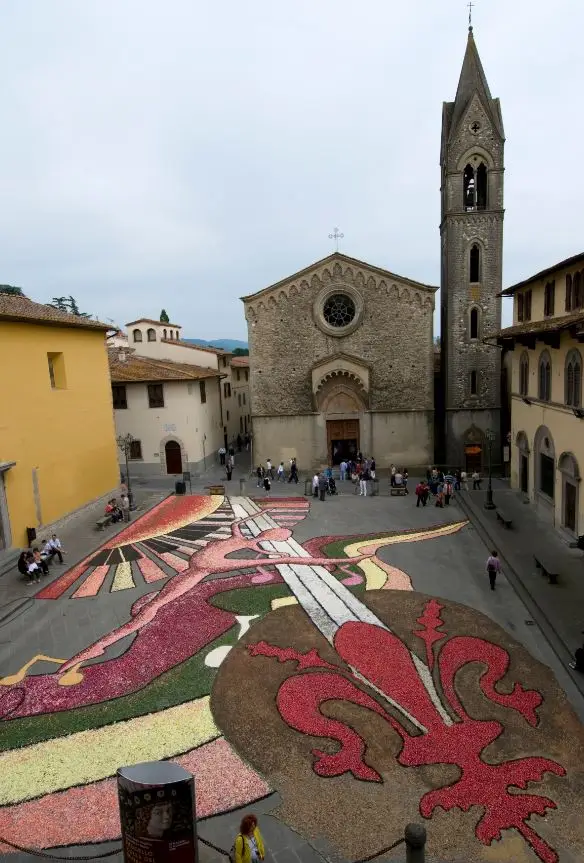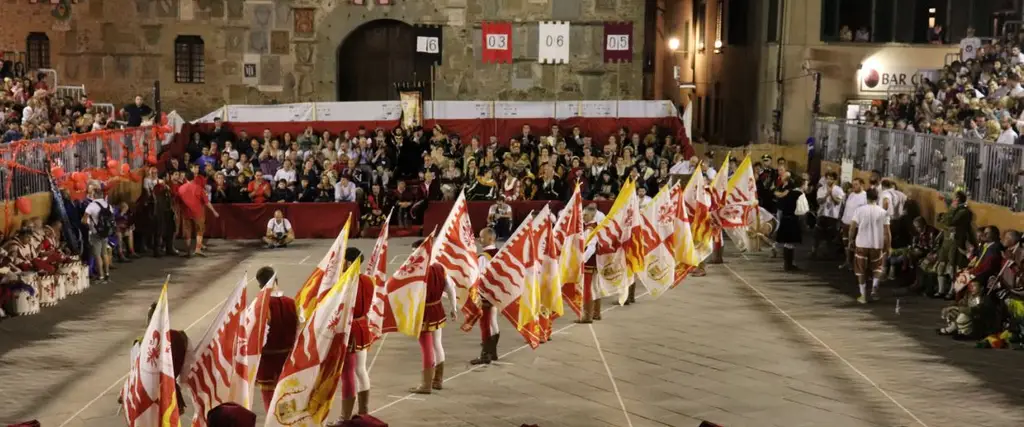
Scarperia, one of the most beautiful hamlets in Italy
It is the village of Scarperia, located in the hills about 30 km away from Florence which has been elected one of the most beautiful hamlets in Italy for its interesting artistic and historic heritage.
Scarperia was born in 1306 as a military outpost of the Florentine Republic thanks to its dominant position in the road system connecting Florence with the north and dating back to his period is the 14th century building of the Palazzo dei Vicari, symbol of the local history.
It was transformed into a stately mansion when Scarperia became the seat of the Vicariate of the Florentine Republic in 1415. On the facade and in the entrance hall, there are numerous coats of arms belonging to the Vicars who took part in the local government; their tenure of office only lasted six months but when it finished they were obliged to leave their family coat of arms in the palazzo. Of particular interest are those in glazed terracotta from the DellaRobbia workshops. Inside, we can admire the wonderful fresco from the school of Ghirlandaio, dated 1501, and the ancient bell tower clock, documented as being the work of Filippo Brunelleschi, which can be visited.
A new part of the palazzo houses the Museo dei Ferri Taglienti (Cutting Tools Museum), which was established in 1999 and which documents, in its five thematic areas, the activities of the Scarperia cutlers over the centuries. This activity has been going on since the 15th century and Scarperia is still one of the most important centres of knife production in Europe. There are many cutlery workshops in the historic centre which continue this ancient traditional craft.
Every year, in summer, the Palazzo dei Vicari hosts a series of initiatives on the cutting tools arts and crafts. The most important one is the annual "Mostradei Ferri Taglienti" (knife exhibition), held in Scarperia for over 45 years. The Research and Documentation Centre on the Cutting Tools Handicraft, composed of experts in the field, chooses every year beautiful blades that are displayed in the Palazzo dei Vicari, so as to compare them with the history of Scarperia. Each edition is different from the previous one and tries to bring to Scarperia an ever-changing selection of blades. On display in the past were Japanese katanas, African knives, Indian subcontinent ones, Spanish ones, knives on loan from private collections, hunting knives, medical knives, razors and much more.
For historical reasons, the most heartfelt celebration for the people of Scarperia is undoubtedly the Palio del Diotto, taking place on September 8 to celebrate and remember the founding of Scarperia which occurred on September 8 1306. The celebration is a veritable plunge in the past consisting of a series of engaging bravery games among the districts of the village, a historical parade with over a hundred participants, the flag throwers and musicians of Castel San Barnaba against the backdrop of a joyful and enthusiastic crowd.
Another relevant event is the so-called Infiorata: on the last sunday of May the streets and squares of the historical centre of Scarperia are decorated with pictures made with flowers following a common theme. The pictures are created with petals of flowers, mainly carnations, set in place with great patience and dedication by residents of all ages.
A few kilometres from Scarperia is the hamlet of Sant'Agata, where there is the parish church of the same name, one of the finest examples of Romanesque architecture in the Mugello area.
Traditional cuisine also plays an important role in Scarperia, in fact Mugello's local produce represents one of Tuscany's culinary delights and many recipes use truffles and mushrooms, like for example the traditional potato-based Tortelli Mugellani, that can be served with a mushroom sauce.
Archivio Unione Montana Comuni del Mugello
The places
Stages
Palazzo dei Vicari
This government palace with a defensive role (one side of it forms the western walls of Scarperia), has undergone several changes over the centuries.
The original core built on the tower was modified after the 1542 earthquake, taking on the appearance that we see today.
Its façade certainly is the most spectacular part, studded with coats of arms that belonged to the vicars of the most illustrious noble Florentine families. TheMuseum of Cutting Bladesis inside the palace.
Museum of Cutting Tools
Housed in the medieval Palazzo dei Vicari in Scarperia the museum preserves the knife manufacturing’s old tradition.
It is divided into two sections: one focuses on the history of knives and their uses, and the different types produced down the ages, while the other is a workshop, where the various phases of the craftsman’s production of knives can be observed.
Religious Art Collection Sant'Agata
The Religious Art Collection is in the Oratory of the Compagnia di San Jacopo, which dates to the early 16th century and stands next to the Romanesque Parish Church of Sant’Agata, the most important religious building in the Mugello. The 12th-century church has a nave and two side aisles divided by large columns, and houses a number of artworks.
The museum has paintings, sculptures and minor art works from Sant’Agata Church and other local churches and tabernacles, including the Mystical Marriage of Saint Catherine by Bicci di Lorenzo (1430), Two Angels, a Madonna and Child with the Young Saint John the Baptistandsome Della Robbia terracottas. There is a collection of liturgical hangings in the small sacristy.
Archaelogy Documentation Centre at Sant'Agata
The educationally oriented Archaeological Documentation Centre, situated near the Parish Church of Sant’Agata, houses items relating to human presence in the Mugello from the Early Palaeolithic (300,000 years ago) through to the Metal Age (1000 BC). There are Etruscan, Roman, medieval and Renaissance objects. Adjacent to the museum is the reconstruction of a prehistoric village.
Sant'Agata craft and rural life Museum - Leprino Museum
In order to preserve the sense of a tradition and of a kind of life that has now disappeared, Faliero Lepri (‘Leprino’) reconstructed, over the course of several decades, a series of environments featuring local Mugello craft activities in the period between 1920 and 1950. These are peopled by animated characters connected up by a network of electric wires enabling them to move in synchrony, reproducing the gestures of their roles in a true-to-life fashion.
